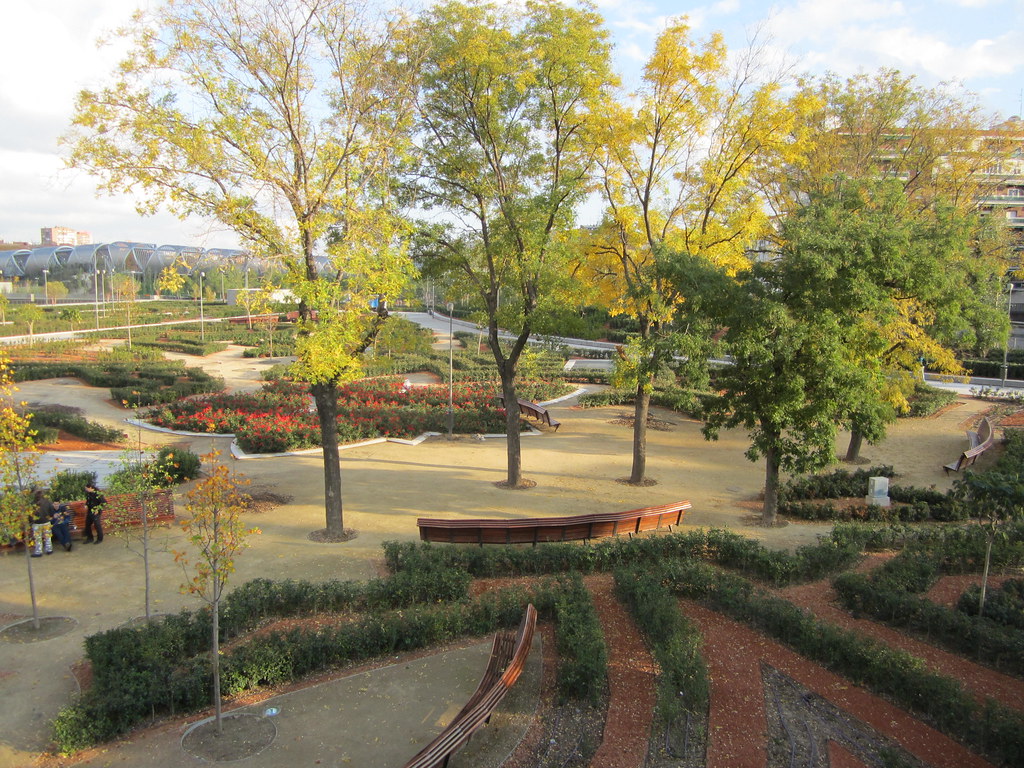
Public spaces, such as the streets and parks we use, belong to everyone in the country. People from different backgrounds gather here, each with their own appearance and beliefs. However, these shared spaces are gradually becoming places where your appearance or manner of expression may be questioned. Strangers, officials, or security personnel may challenge you. This is not just an occasional occurrence; it reflects issues of respect, who decides what is respectful, and how much freedom you have in public spaces.
People from diverse backgrounds gather here, bringing their own appearances and beliefs. However, these shared spaces are gradually evolving into places where individuals’ appearances or expressions are questioned. Strangers, officials, or security personnel may challenge you. This is not an isolated incident; it reflects issues of respect and decision-making authority, as well as how much freedom you actually have in public spaces.

Take the long-standing controversy over women exposing their chests in public spaces as an example. This seems like a simple issue, right? It appears to be a matter of personal choice. However, U.S. laws and social norms are highly complex. Officials in Venice Beach, Los Angeles (a lively and sometimes quirky location) have stated that women should be allowed to sunbathe topless there. They call this “true equality.” These officials even point to similar regions in Italy where society is more open to such practices. However, the changes being pushed in this area contradict reality—current Los Angeles city and county laws explicitly prohibit topless sunbathing.
This issue in Los Angeles is not new. It is merely part of a larger, more chaotic system of nude laws and local regulations. These rules vary significantly not only between states but also between different towns within the same state. Most states technically have laws stipulating that women cannot be arrested for going topless under the same conditions as men. People, especially women, feel confused about the actual boundaries when engaging in public activities, as they are unsure of where those boundaries lie.
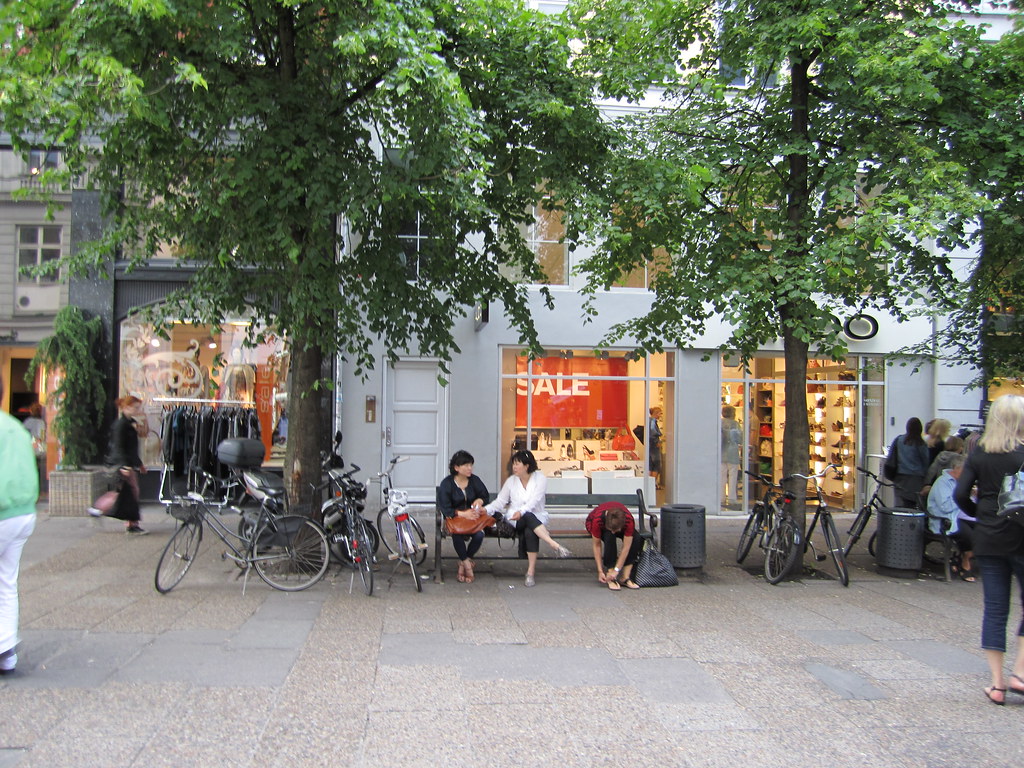
To fight for equal rights for women to go topless, organizations like GoTopless.org and celebrities like Chelsea Handler and Miley Cyrus have directly challenged this unfair standard through the #FreeTheNipple movement. Advocates argue that if men can go shirtless in public, women should have the same right without facing legal or societal judgment. Activist Scout Willis (daughter of Bruce Willis) made this point clear by walking bare-chested through the streets of New York City.
Platforms like Instagram often remove photos of breasts, even when such images are legal in real life. GoTopless.org aims to clarify these laws. They have created a map showing states where toplessness is permitted (green), where the rules are unclear (orange), and where it is illegal (red). However, even in green states, there are caveats. Freedom does not mean legality everywhere. Local regulations and potential arrests for disturbing the peace may still prevent such behavior. New York City exemplifies this contradiction, despite being technically permissible. In 2013, police had to remind the public that simply exposing breasts—something men can do—is not a crime.

Regulations on public attire extend beyond skin or clothing to include symbols worn by individuals, such as union logos, especially in formal or political settings. Take Smith, a third-year electrical apprentice, as an example. She traveled to the Australian Parliament House for a special event. Her team aimed to discuss issues faced by young apprentices with politicians.
Many in the team were wearing shirts with union logos. Other teams were allowed in smoothly. However, Smith and the five people around her were stopped. A security guard approached them directly. The security guard made it clear: “Sorry, you can’t wear union shirts here; you must remove them.”
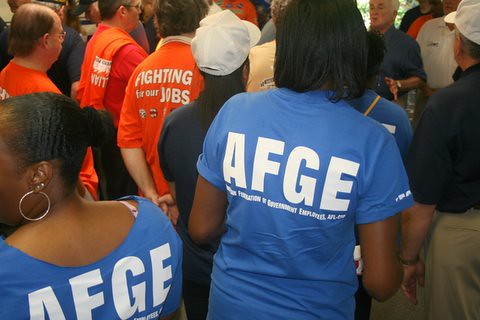
Although Smith was wearing a union shirt under another shirt, the security guard said that he had to take it off or turn it inside out. He was very firm and made it clear that union shirts were not allowed. This incident seemed strange because it appeared to be completely unprovoked. Smith had seen other groups wearing union shirts enter without any problems.
Additionally, officials from another union routinely wore union shirts inside the building. Smith believed the security personnel were targeting them specifically. He walked straight toward us. Mark Burgess, a union official, was traveling with the group. He was asked to remove his union badge. He refused but was still allowed to enter.
This highlights the inconsistency of the rules. Burgess questioned why this was necessary, as the badge was merely symbolic, not a propaganda slogan. It was like asking someone to remove a shirt with an Apple logo, he said. When Smith first visited the Parliament Building, this incident lingered on her mind. She felt the rules were either fake or targeted specifically at them. She believed it seemed politically motivated.
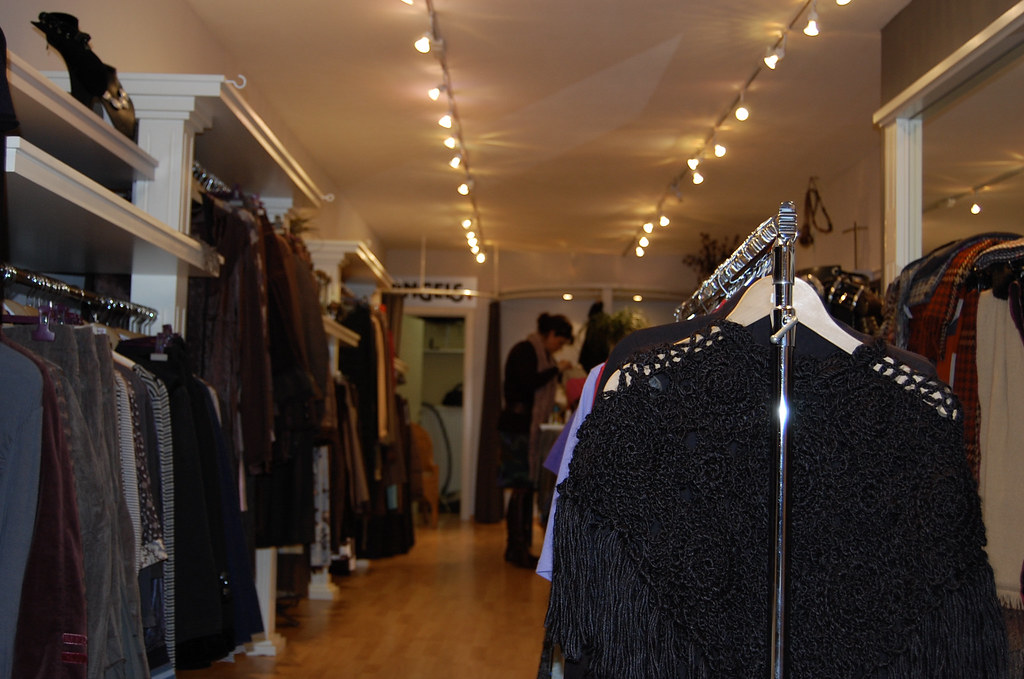
Incidents involving clothing or mere presence quickly reveal deep-seated public tensions. These issues reveal deep-seated tensions about who feels they belong here and who sets the rules in public spaces. Examining these many encounters helps us to see patterns clearly.
Incidents involving clothing or mere presence quickly reveal deep-seated public tensions. These issues reveal deep-seated tensions about who feels they belong here and who sets the rules in public spaces. Examining these many encounters helps us to see patterns clearly.
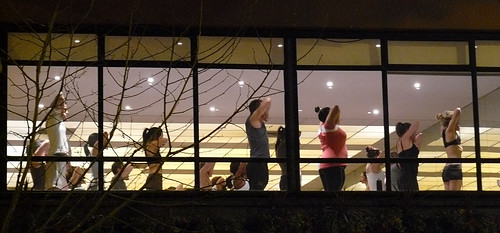
A big pattern seen is unfair double standards here. This often involves gender and also power dynamics. The debate on public toplessness shows this clearly now. Laws treat women bodies different than men always. Women’s chests seen as sexual but men’s not usually. Even where laws allow it locally rules fight back. Police judgment can still lead to arrests for some acts.
Gender policing goes past just being unclothed in public here. Emily Ratajkowski got told put on a shirt walking her dog. This happened in New York City just wearing a tank top is fine. Her story spread widely because many women feel this way. They also face unwanted comments on their clothing a lot.
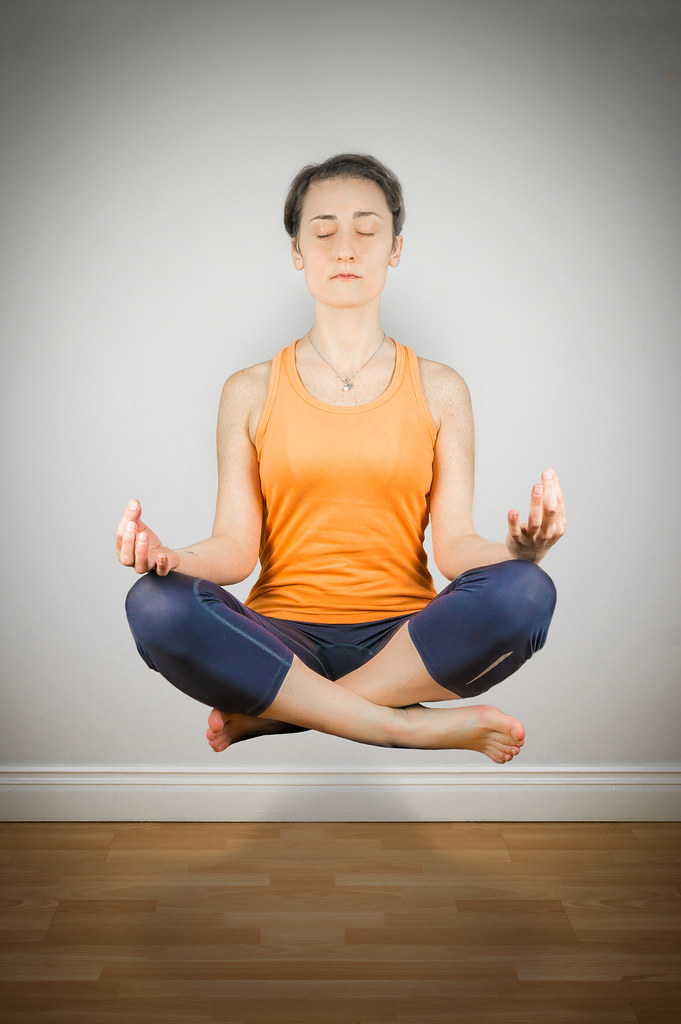
Understanding these contradictions is crucial for all of us. They reveal a larger struggle for equality, freedom, and respect for everyone. Living harmoniously in public spaces requires us to be constantly aware of these struggles. This means asking why appearance management sometimes seems unfair or arbitrary here.




